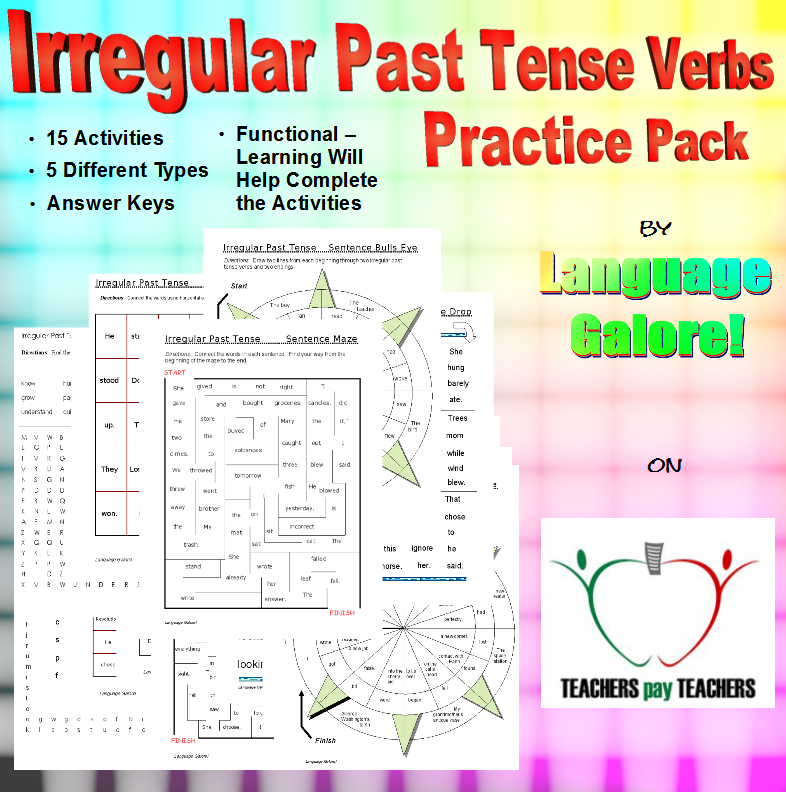In my many years of assessing many kids, so many of whom were three or under, I’ve often noted how different kids are in their abilities to play. I’ve also been motivated by the Preschool Language Scale’s differentiation of play, generally into functional and relational play – though I feel this great start can be expanded.
 How a child plays tells us so much about that child, especially with children that are difficult to assess in traditional manners, because of compliance or a low level of function. Not only that, but an accurate assessment of what level a child is playing at can help guide intervention and suggestions for caregivers. Play can be an excellent method for developing other communication skills, such as initiation, imitation, and turn taking. I came up with a list of these levels that I’ve started using in my own assessment, and thought it would be helpful to share that here. It generally goes from a lower developmental level to higher, although there is much overlap.
How a child plays tells us so much about that child, especially with children that are difficult to assess in traditional manners, because of compliance or a low level of function. Not only that, but an accurate assessment of what level a child is playing at can help guide intervention and suggestions for caregivers. Play can be an excellent method for developing other communication skills, such as initiation, imitation, and turn taking. I came up with a list of these levels that I’ve started using in my own assessment, and thought it would be helpful to share that here. It generally goes from a lower developmental level to higher, although there is much overlap.
1) Shaking/banging objects in play
2) Smiling or laughing at or along with others
3) Attending to others who are singing, dancing, or reading
4) Examining novel objects
3) Anticipation – Does the child demonstrate sensing when something is going to happen, such as an object about to fall off a table, block tower about to fall, or a pretend plane taking off?
4) Functional play – Does the child use play objects appropriately, such as bouncing balls, driving cars, etc.?
5) Relational play – Involves using two objects together, such as pretending to pour juice for a play picnic, or having a figure ride in a car or on a horse.
6) Other directed play – Does the child watch others for reactions, or imitate play behaviors, with some basic turn taking?
7) Representative play – Involves pretending like something is something else, such as pretending a pencil is a rocket, or a block is an ice cube.








March 21, 2016 at 10:14 am
Hi Paul, liked your post a lot. Reblogged it on sprogkiosken.dk … Best, Ulla
LikeLiked by 1 person